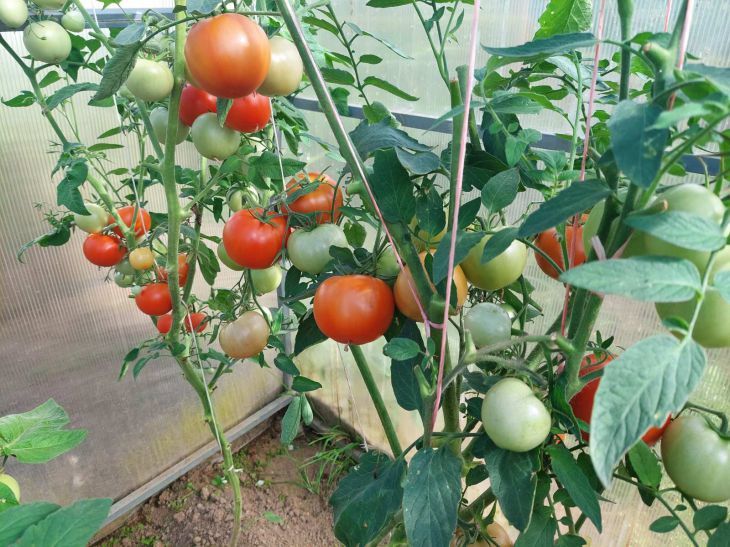Tomatoes are one of the most popular vegetable crops in gardens. Their juicy fruits delight gardeners and decorate tables.
However, the question of proper watering often causes controversy among gardeners.
Some people believe that tomatoes need daily watering, while others take a more moderate approach.
Features of the water regime of tomatoes
Tomatoes are plants that love moisture, but do not tolerate overwatering.
Their root system is deep and branched, which allows them to extract water from the lower layers of the soil. Therefore, daily watering can be not only excessive, but also harmful to the plants.

Factors Affecting Watering Frequency
The frequency of watering tomatoes depends on several factors. Climate conditions play a key role: in hot and dry climates, plants need more frequent watering than in moderate ones.
Soil type also matters: sandy soils require more frequent watering than clay soils, which retain moisture better.
Plant development stage
At different stages of growth, tomatoes need different amounts of water. During the period of active growth and fruit formation, plants need more moisture.
Once the fruits begin to ripen, watering should be reduced so as not to reduce the taste of the tomatoes.
Signs of moisture deficiency and excess
Experienced gardeners can determine the need for watering tomatoes by external signs. When there is a lack of moisture, the leaves of the plants become limp, especially during the hot part of the day.
Excess water causes yellowing of leaves, cracking of fruits and can cause the development of fungal diseases.
Optimal watering regime
In most cases, it is considered optimal to water tomatoes 2-3 times a week. It is important to ensure deep soil wetting so that water reaches the roots.
This regime promotes the formation of a deep root system, which increases the plants’ resistance to drought.
The method of watering also affects the health of tomatoes. It is best to water the plants at the base, being careful not to wet the leaves and stems.
This helps reduce the risk of fungal diseases.
Drip irrigation is considered one of the best methods of watering tomatoes, providing an even supply of moisture.
Watering time
The best time to water tomatoes is early morning or evening, when the sun is not as strong.
This allows the water to soak into the soil without evaporating too quickly, reducing the risk of leaf burn.
Mulching
Using mulch helps retain moisture in the soil, reducing the need for frequent watering.
A 2-3 inch (5-7 cm) layer of organic mulch around plants helps retain moisture and regulate soil temperature.
Water quality for irrigation
The temperature of the water for watering tomatoes should correspond to the ambient temperature.
Watering with cold water can cause stress to plants and slow down their growth. The best option is to use settled or rainwater.
Individual approach
Every garden is unique and growing conditions can vary greatly.
Therefore, it is important to observe your plants and adjust the watering regime depending on their condition and external factors. Experienced gardeners often rely on their intuition and knowledge of the features of their site.








